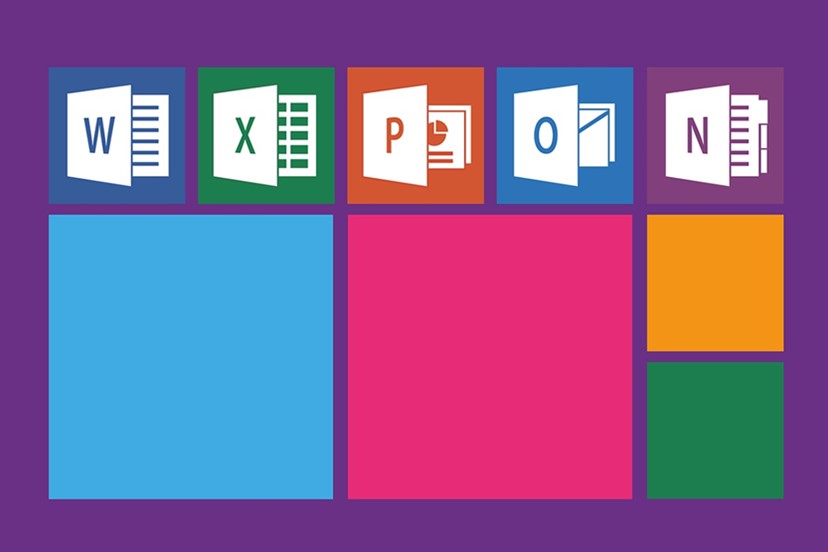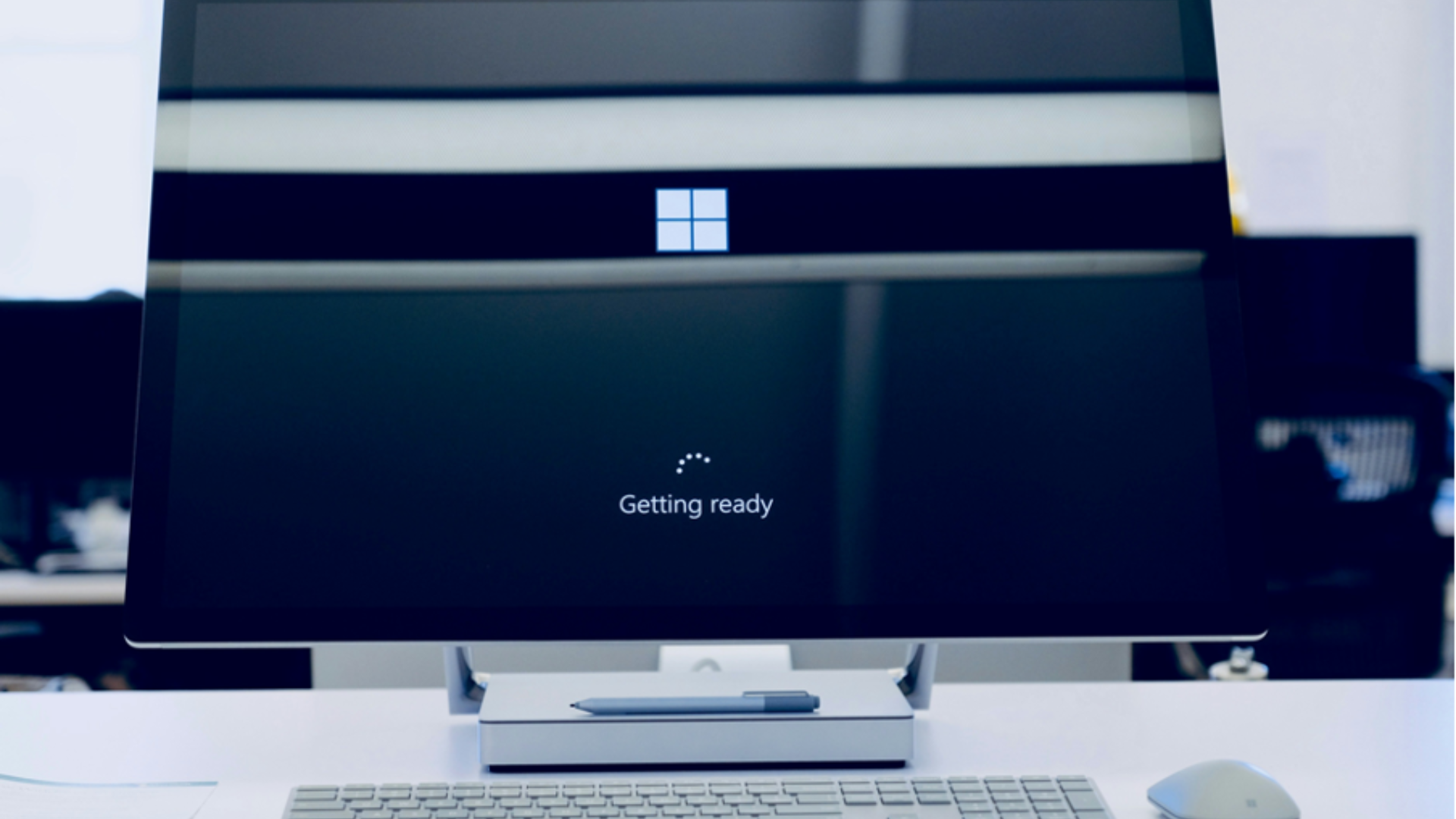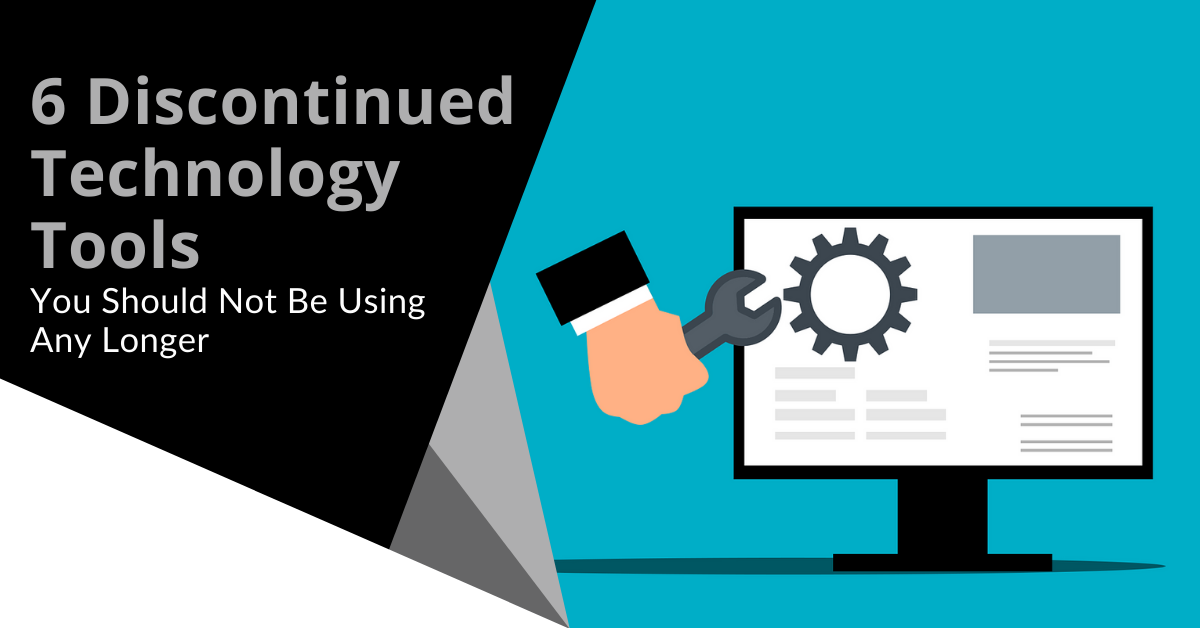Windows 10: The Final Countdown – It's Time to Upgrade Your PC
Windows 10 has faithfully served us, but its time is ticking away. Microsoft has set the end of support for Windows 10 on October 14, 2025. This...
Microsoft’s latest operating system is starting to take the world by storm. But before jumping ship and upgrading to the new OS, better read this first.
It’s finally here.
After six years, Microsoft has just released the latest version of its operating system — Windows 11.
At a time when computers and technology play a more central role in human lives, tech companies are scrambling to deliver the best user experience possible to capture the ever-expanding market.
Microsoft’s answer to the growing demand for better technology for home and business use is Windows 11.
Microsoft dubs its latest operating system as the “Windows that brings you closer to what you love.” But are they actually able to achieve that?
I know you have a lot more burning questions about this latest OS from Microsoft. So without further ado, let’s jump right into answering the five biggest questions you may have about Windows 11.
Windows 11 gets a significant boost in performance, functionality, and style compared to Windows 10. Here’s a small rundown of the critical upgrades Microsoft made for its latest OS:
It depends. Here’s an essential checklist of what you need to have to run Windows 11 smoothly:
On the other hand, you might have to make some hardware upgrades or buy a new device altogether if your current one does not meet the minimum requirements.
 IMAGE SOURCE: https://pixabay.com/vectors/office-windows-word-excel-1356793
IMAGE SOURCE: https://pixabay.com/vectors/office-windows-word-excel-1356793No. You have to pay for a Microsoft Office subscription first.
But if you have an existing subscription to Microsoft 365, then you’re all set. You just need to install the Office suite after upgrading to Windows 11.
Note that support for older versions of Office (2010 and below) has been discontinued since last year. So if you’re still using that, I suggest you make the necessary changes to avoid making yourself vulnerable to security risks.
You just need to go to the Windows Update section of your Settings and click “Check for Updates.” Windows 11 will just be there available in the upgrade section.
Click the “Download and Install” button, and that’s it.
No. If your computer is not compatible or can’t run Windows 11, you don’t have to upgrade.
On the other hand, if your PC is compatible with Windows 11 but you find the upgrades unnecessary for your current workflow, there’s nothing wrong with staying with Windows 10.
Even Microsoft said that Windows 10 is still the right choice for those who aren’t ready to transition to a new operating system. In fact, they made sure of this by scheduling an update for Windows 10 later this year. At the same time, the company will continue supporting Windows 10 until October 14, 2025.
This gives you about four years to think about upgrading to Windows 11 or switching operating systems altogether.
The new era of Windows has finally arrived.
Microsoft made it a point to make their latest OS worth it for old and new Windows users. And with these new updates, it is clear that the company has made an effort to find out its users’ pain points and address them.
But despite these new features, you have to understand one thing:
Technology is just a tool used to increase our everyday productivity and efficiency.
That means you don’t need to jump ship to Windows 11 if you’re not ready to do so outright. Technology is only as effective as how much you use it. So if you’re already a master of Windows 10 and it makes you 100% productive, then change is unnecessary.
Now, suppose you’re seriously thinking about making the switch to Windows 11. But you want to know more about its hardware compatibility and security updates. In that case, you need an IT service provider that’s willing to talk you through it.
If you need any help in fully understanding the pros and cons of switching (or not changing) to Windows 11, schedule a 15-minute, no-obligation conversation with our team today.
Article used with permission from The Technology Pres

Windows 10 has faithfully served us, but its time is ticking away. Microsoft has set the end of support for Windows 10 on October 14, 2025. This...

If your business is still running on Windows 10, pay attention.

One constant about technology is that it changes rapidly. Tools that were once staples, like Internet Explorer and Adobe Flash, age out. New tools...